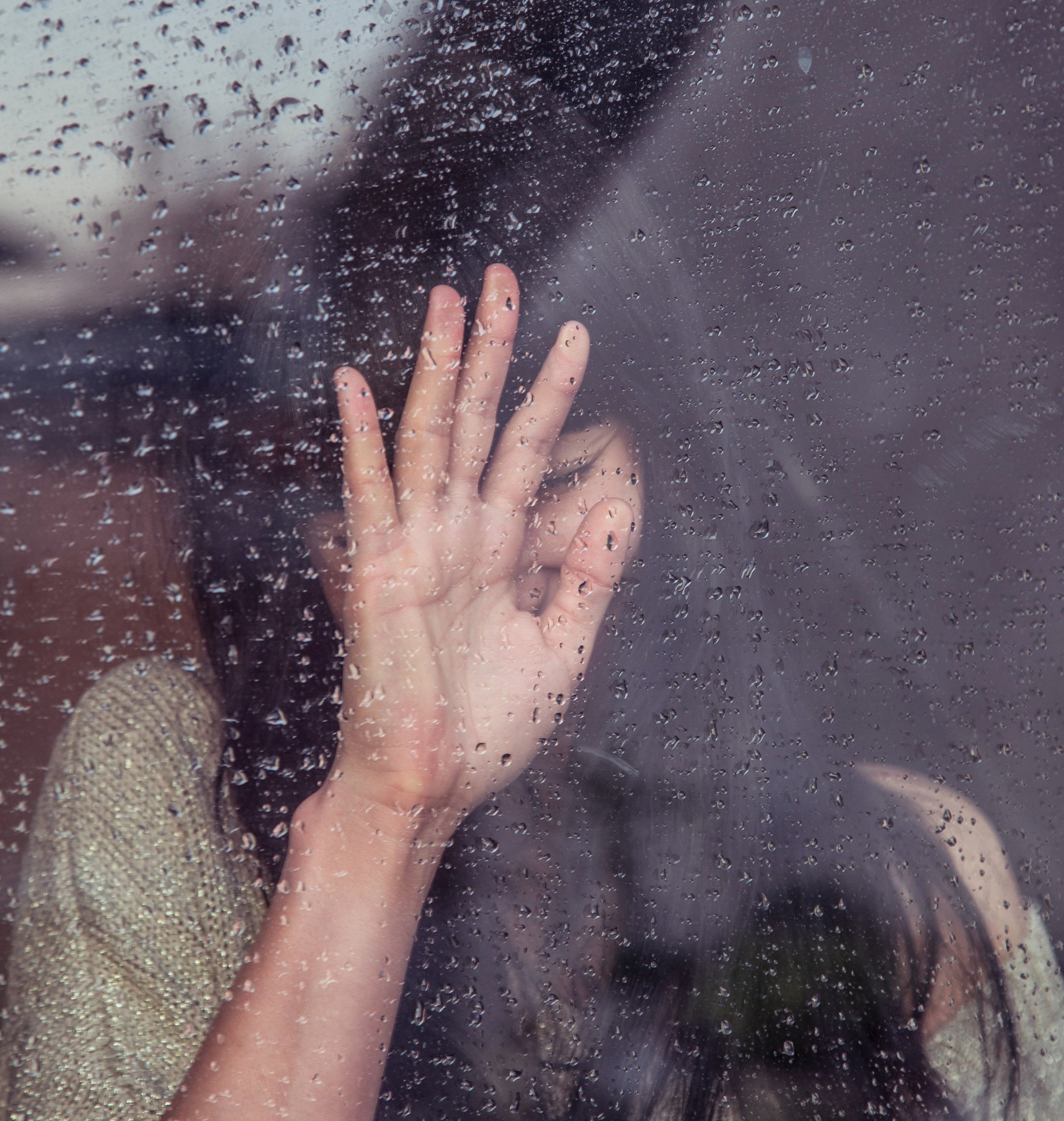As I type out these words, I find myself feeling overwhelmingly tired and in need of rest (in part due to the record-breaking heat wave taking over Los Angeles)… and so, I find it fitting to write about my experience. In this oppressive heat, I feel an all-encompassing sense of fatigue, trouble concentrating, eyelids drooping, and muscles feeling immensely heavy as I melt into the couch. Do these sensations sound familiar? As humans, we all need rest. That much is clear. So why do so many of us have such a hard time allowing ourselves to stop, slow down, and rest?
Over the years I’ve heard, and likely uttered, phrases such as, “I don’t have time to rest,” “I have too many things to do,” “I have no reason to feel tired,” “I don’t want to be lazy,” “I feel guilty when I rest,” and so on.
The way our capitalistic society requires us to operate is ultimately not sustainable. We are not computers… and even our computers need time to recharge! —and, to add to this metaphor, even a fully charged computer will begin to overheat and freeze up if it’s running too many applications at once!
Let’s start by reframing rest as productive—and move forward from there.














